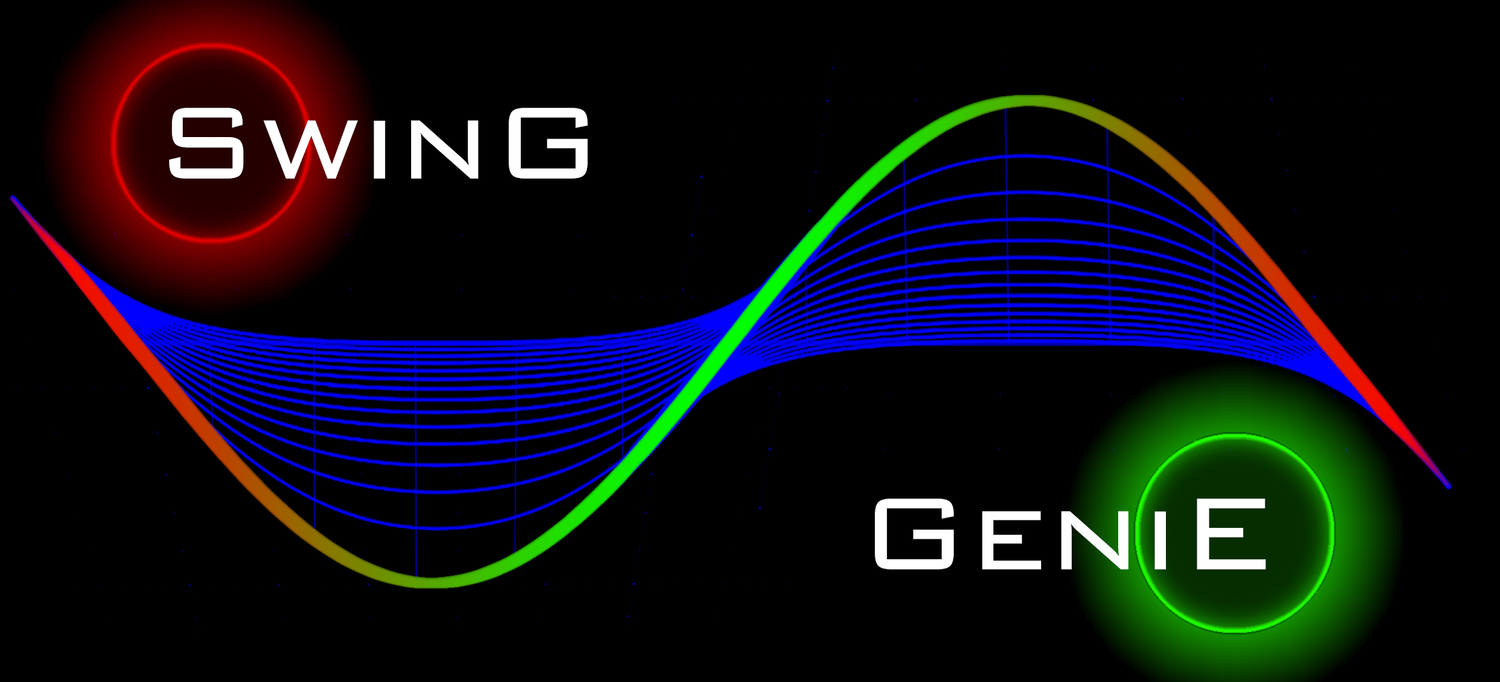Because of the nature and design of the SDG dot system, oscillators are not nearly as important as in systems that are primary relaying on moving average crossover systems. Overbought and oversold indications can be important information and there are some excellent indicators described below that will provide you with those signals, but SDG relies on absolute changes in the relationship of candles when they have touched support or resistance. These are overbought and oversold areas and the dots will guide you through the loss of momentum at these demarcations and strive to keep you in the trade for as long as it is profitable.
Any indicator and any additional information derived from those indicators contributes to a global awareness of the potential movement of you target trade. Any relevant information that assist you in your trading decisions should be utilized.
Trading view has an entire universe of built-in and custom indicators that will fulfill these goals. At the top of your trading chart click on the box labeled “Indicators,” and a list of all available add-in indicators will appear. You can also search within “scripts” at the top of the main Tradingview page.
All of the paragraph heading below are clickable links directing you to the source of the definitions.
StockCharts provide an excellent overview of oscillators in the link above. We will shed light on the difference between leading and lagging indicators, as well as look into the benefits and drawbacks. Many, if not most, popular indicators are shown as oscillators. With this in mind, we will also show how to read oscillators and explain how signals are derived. Later we will turn our focus to specific technical indicators and provide examples of signals in action.
In technical analysis, this is a momentum indicator measuring overbought and oversold levels, similar to a stochastic oscillator. It was developed by Larry Williams and compares a stock's close to the high-low range over a certain period of time, usually 14 days.
A technical momentum indicator that compares the magnitude of recent gains to recent losses in an attempt to determine overbought and oversold conditions of an asset. It is calculated using the following formula:oscillators
This indicator is unique in that it combines three time periods, short, intermediate and long-term into one oscillator. Thus it has fewer false divergences and signals than a traditional one-time period oscillator. It is a stock or futures trading indicator that can be used in any time frame: short term trading, day trading, swing trading, long term trading, investing, intra-day trading, investing, etc - any trading time frame for futres, stocks, or commodities.










